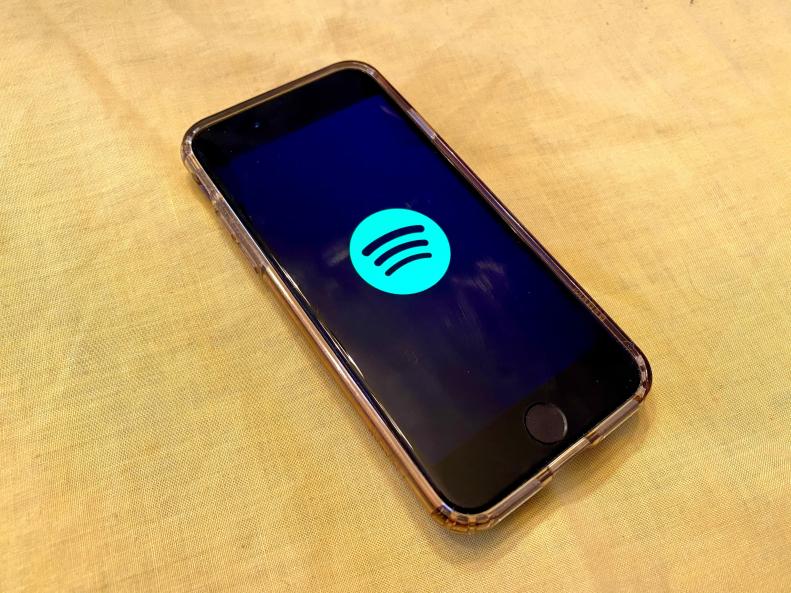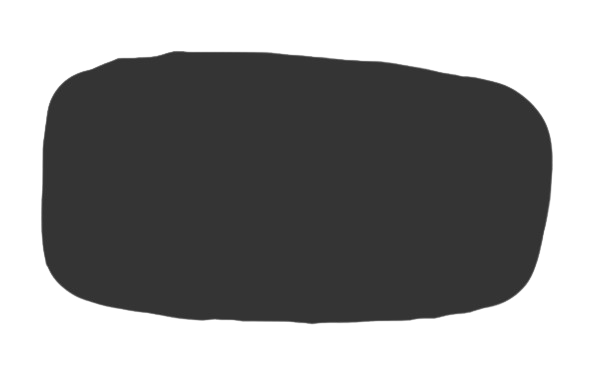
Pop Culture
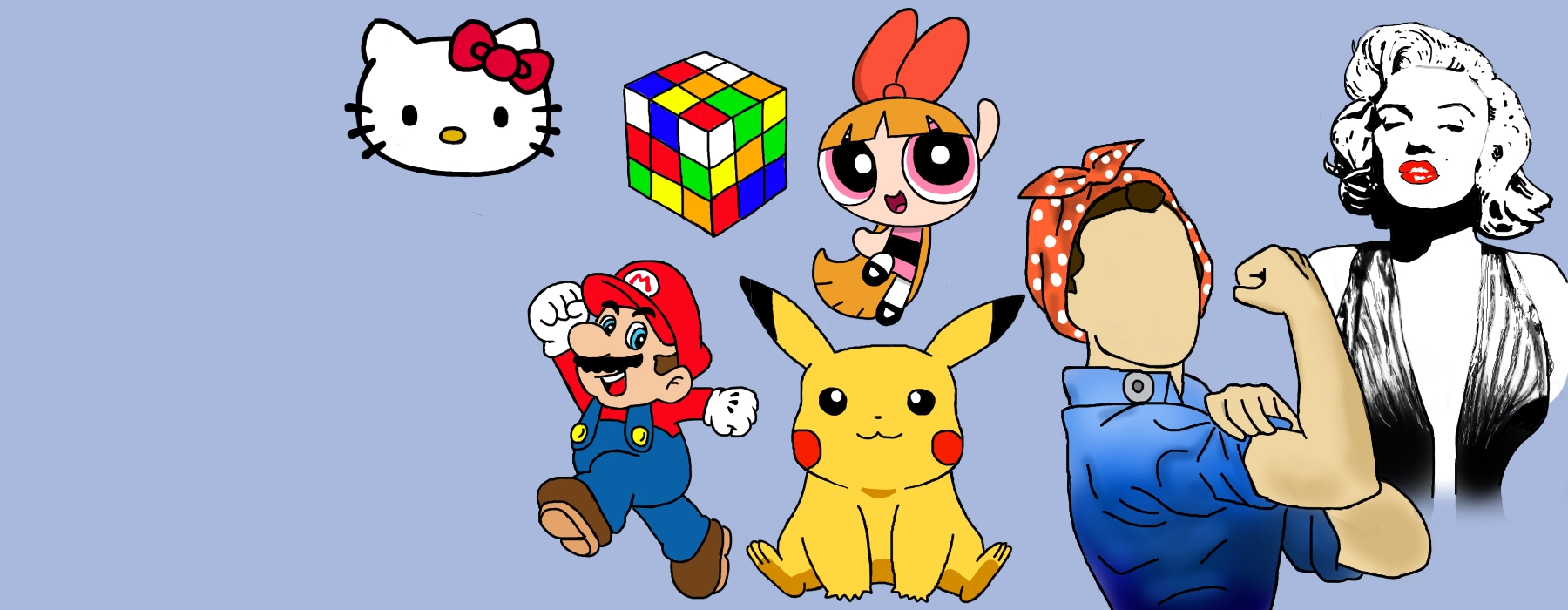
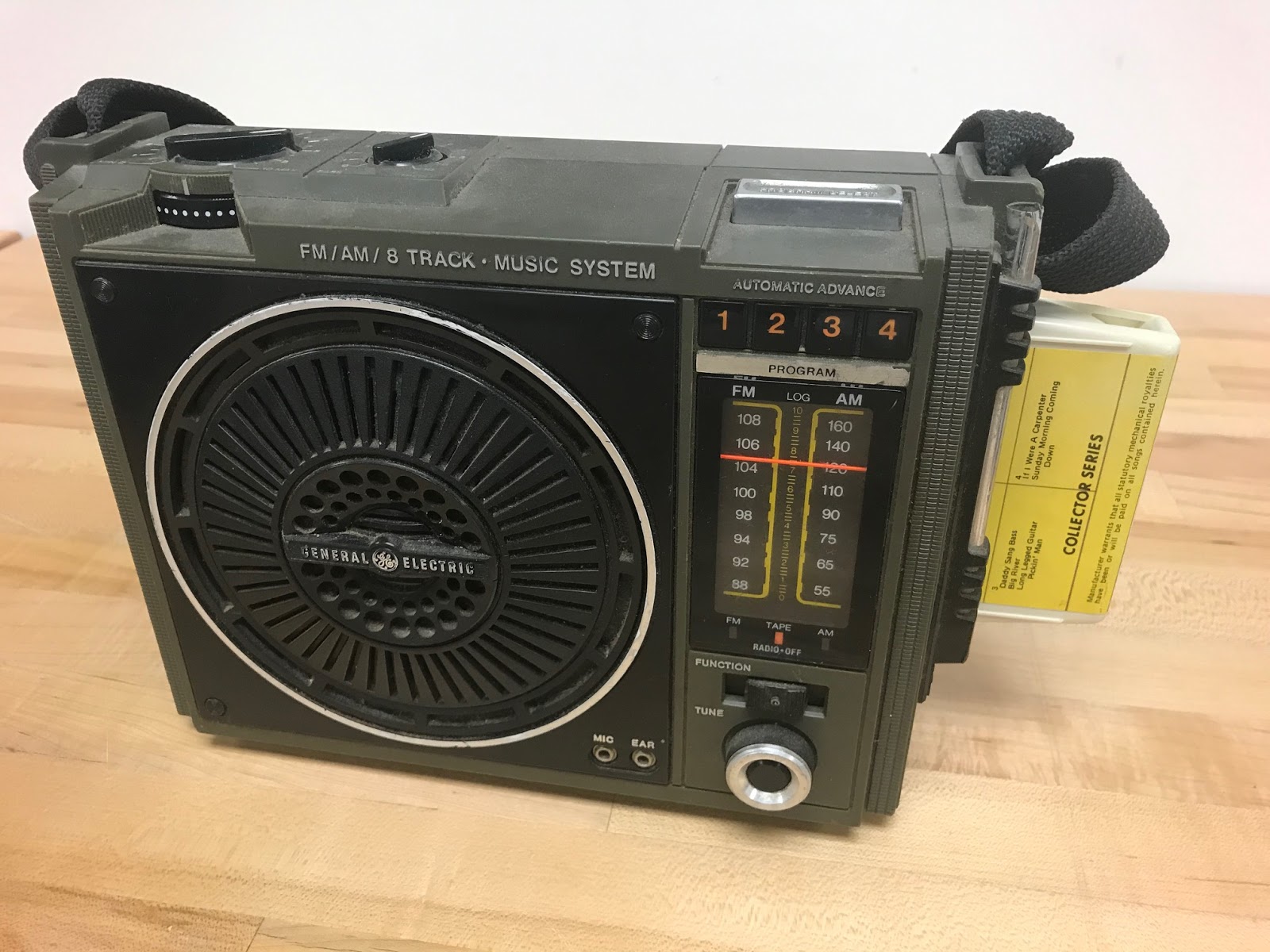
Pop Culture
Popular culture is extremely versatile and can change drastically within the span of only a decade. Although some similarities remain, such as overall music genres or certain fashion pieces, the popular culture of my grandparents’ era is very different than that of today’s society. With the introduction of modern technology, popular culture has also become even more diverse and intricate than the past.

Try me!
Music
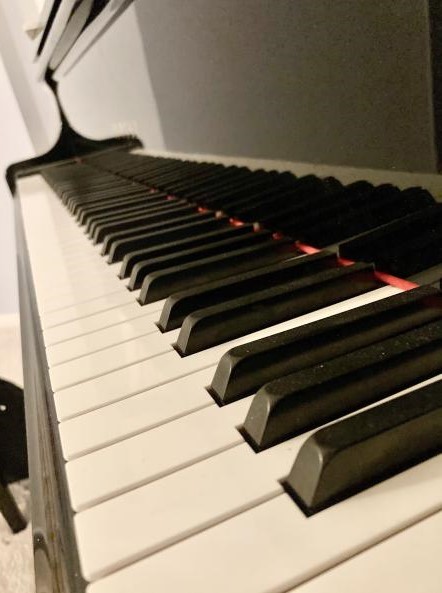
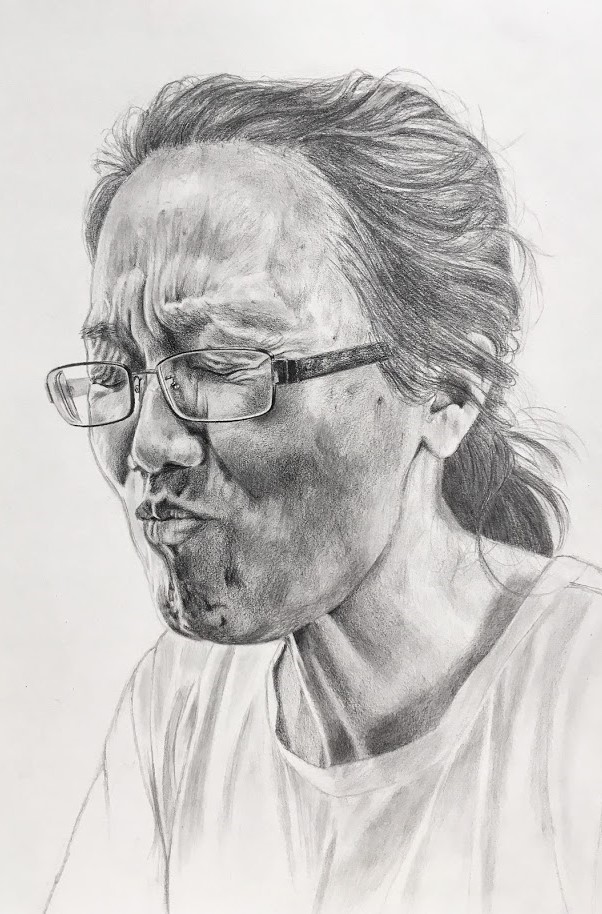
Art
Fashion

Media
Music
In terms of classical music, the 20th century saw the beginning of modernism led by composers like Richard Strauss and Claude Debussy (composer of “Clair de Lune”, pictured to the right) Classical music has become even more abstract today, with post-modernism and minimalism shaping modern classical music.
Today, there are a multitude of popular music genres, ranging from rap to techno to rhythm and blues. A few of the biggest artists today include Taylor Swift, Ariana Grande, Eminem, and Paul McCartney. Music today is more available than it's ever been in history, with music streaming from cell phone apps, radio, computers, television, and much more.
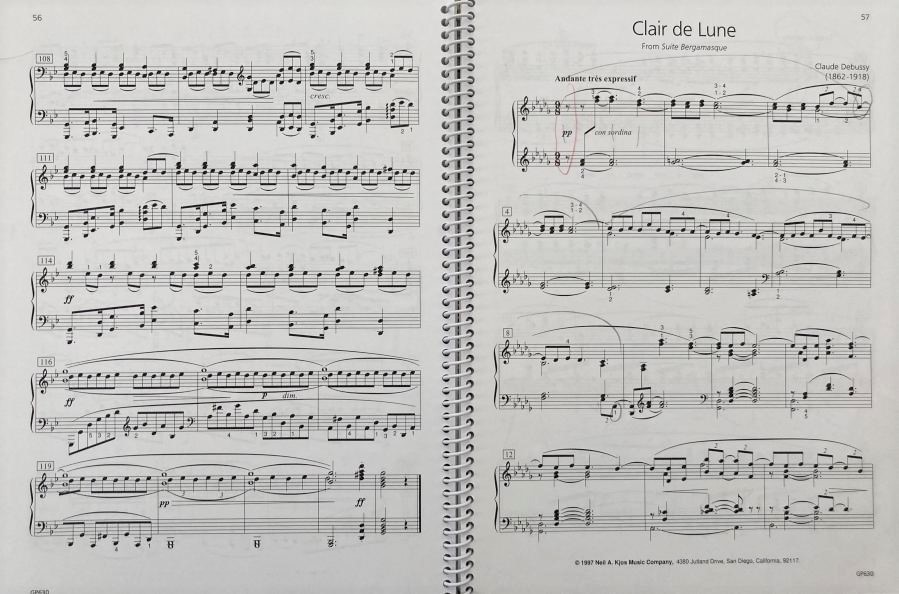
In terms of pop music, the most popular genres throughout the 20th century shifted from country in the 1920s, to jazz in the 1940s, and most iconically to disco in the 1970s. Popular artists included John Lennon, Bob Dylan, the Beatles, and Louis Armstrong, among many others. With the development of the phonograph and radio, music became much more available for the average person.
Today, art has taken on many different forms. With the development of newer technology, digital art has made its appearance for the first time, and animations are beginning to emerge in the form of television, movies, and small online content creators. Modern styles have become even more abstract, favoring simplicity over complexity.
Art
Art in my grandparents’ era was much more traditional. Mediums such as oil paint and clay were used for painting and sculpting, respectively. Styles that emerged in this era included fauvism, expressionism, and cubism (most iconically pioneered by Pablo Picasso), all of which were more abstract than previous styles of art and sought to capture ideas and motion rather than realism.
Fashion
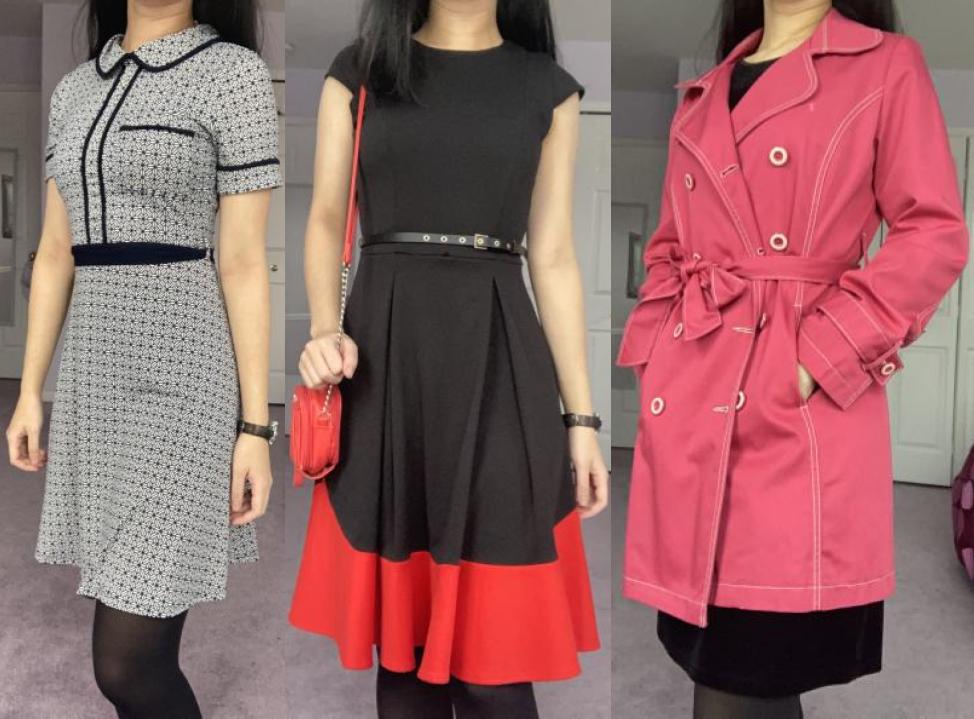
Then
Popular fashion has changed significantly throughout the 20th century, ranging from the freedom of the 1920s flapper era to the more hippie clothing of the 1970s disco era. In the 1940s-1950s, there was a “golden age” of formal dresses and full length skirts for women that was more conservative. Male clothing has stayed fairly consistent, with trench coats and wide trousers considered modern during the 1940s.
Now
Today, fashion has evolved to include many more elements, such as crop tops and tube tops. Denim jeans are still a fashionable selection for casual wear, as well as sweatshirts, sweat pants, and other comfy clothing. Professionally, a suit and tie is still expected for men, and a pencil skirt over black stockings is an elegant fashion choice for women.
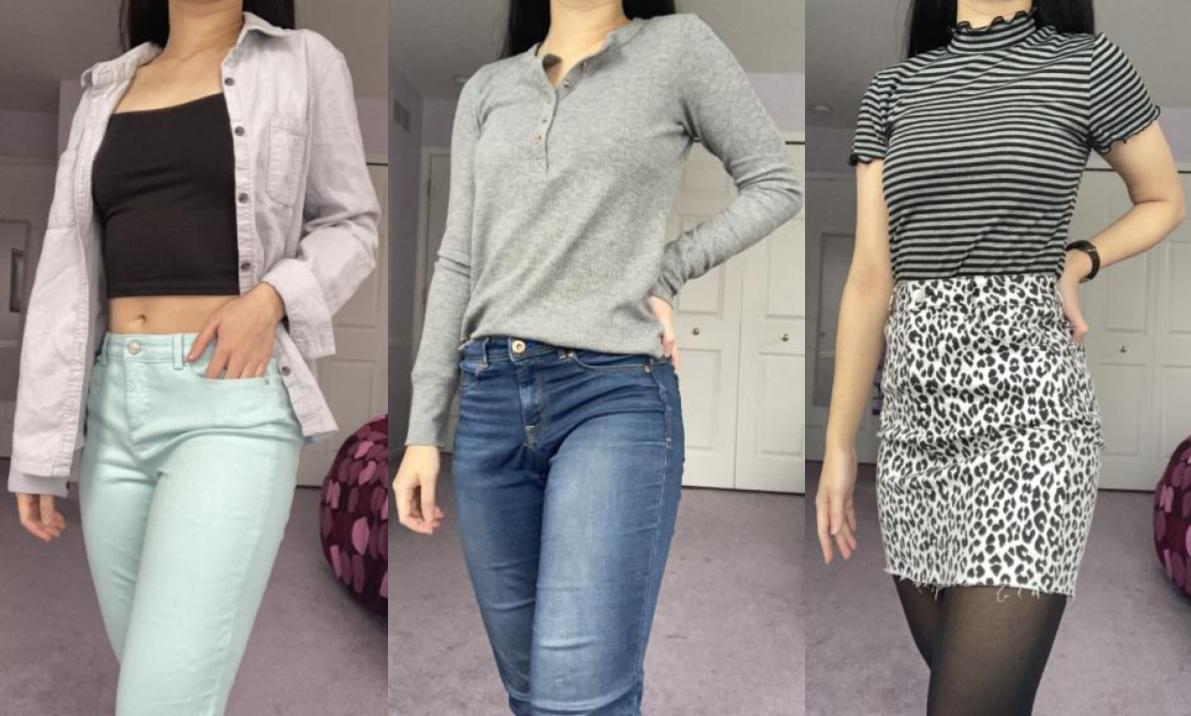
Media
Media in my grandparents’ era consisted of a variety of different outlets, including radio, magazines, and newspapers. “Yellow journalism” emerged and was utilized by newspaper companies like the New York Times and the Daily Telegraph to capture the attention of readers. In modern times, the internet has allowed the media to proliferate our lives through social media like Instagram or Facebook, news outlets like CNN or USA Today, and all of the pesky advertisements that we encounter from billboard signs to music apps.

